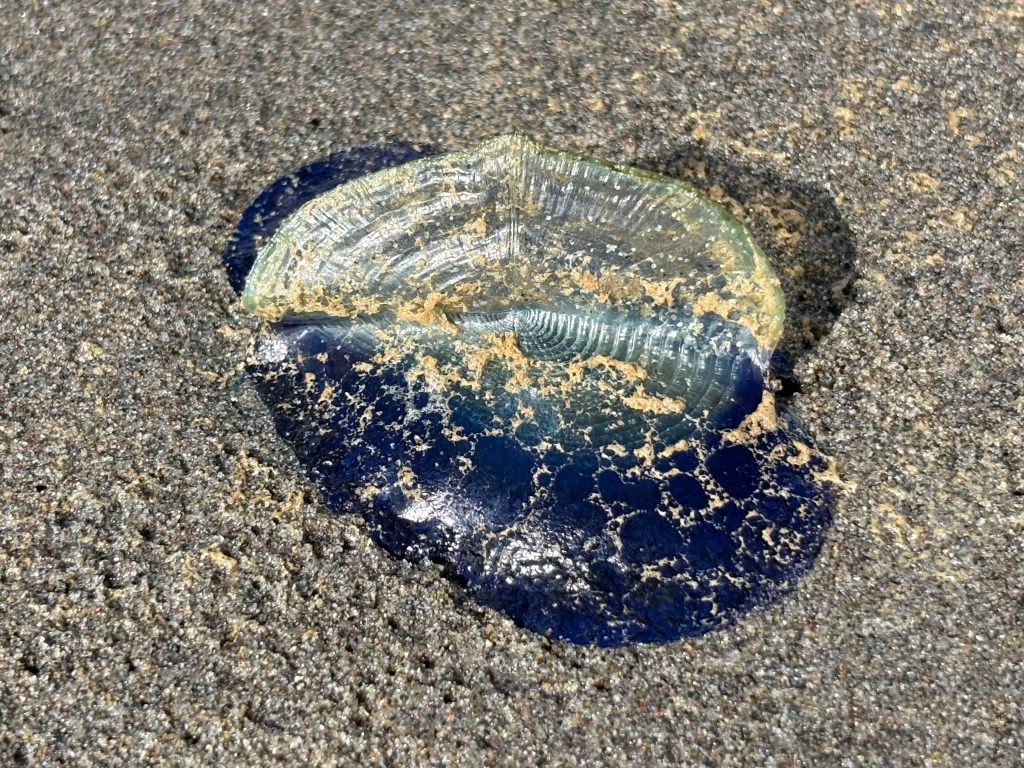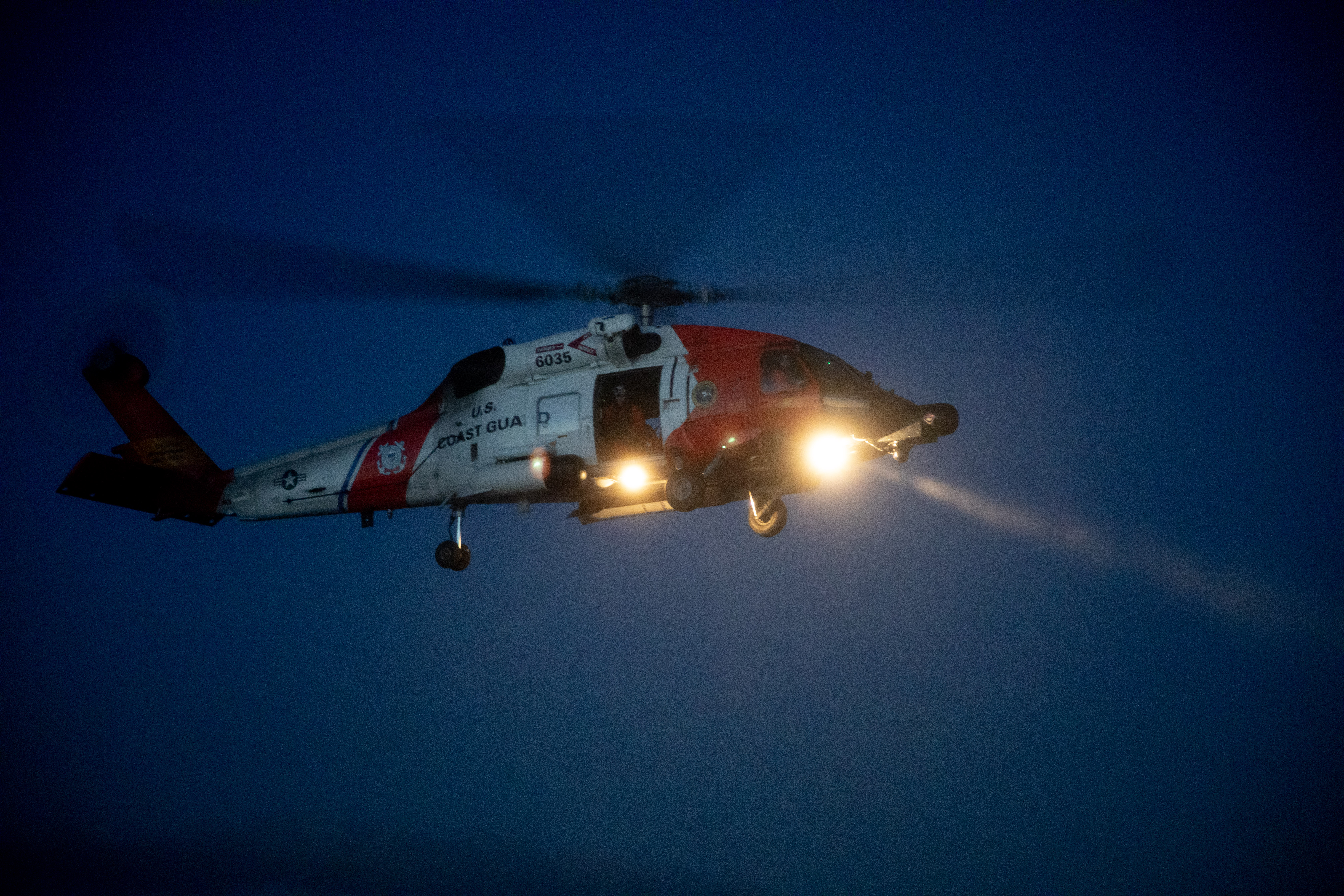Spring brings the blue blobs to West Coast beaches
Published 8:38 am Tuesday, April 29, 2025

- Velella velella, also known as By-the-wind sailor jellyfish, can be found washed up on West Coast beaches in the spring. This year’s event is trailing off.
It’s spring again, and that means it’s time to be on the lookout for mysterious blue blobs scattered across Pacific Northwest beaches.
From California to British Columbia, the electric-blue, jellyfish-looking creatures are washing ashore in droves, according to experts and media reports.
Known as Velella velella or by-the-wind-sailors, the blobs are related to jellyfish, corals, sea anemones and hydroids, according to the National Park Service. The agency describes them as “flat, oval-shaped creatures, bluish to purple in color and three to four inches long.”
The iNaturalist website shows dozens of reports from the public of “by-the-wind-sailors” washing up on beaches up and down the Pacific Ocean coastline, including off the coasts of Oregon, Washington and California, in recent weeks.
Along Washington’s Pacific coast, there have been sightings reported at Long Beach, Seaview, Ilwaco, Grayland, Ocean Shores and Seabrook.
According to Matthew George, a coastal shellfish manager with Washington’s Department of Fish and Wildlife, the sea creatures typically wash up on Washington coastal beaches when ocean currents shift in their spring transition.
“They’re kind of a unique group of marine organisms that we see when they wash up,” George said in an interview, adding that the near-annual event is not related to climate change or other human-made causes.
“It just happens naturally,” he said. “It’s just kind of an unhappy accident.”
Velella live offshore on the ocean’s surface and have dangling, stinging blue tentacles. They get their common name of by-the-wind-sailors from the flexible 2-inch-high triangular “sails” attached to their bodies.
Velella literally go where the wind pushes them using their “sails,” and it’s common to see them wash ashore during spring and summer months, according to the Oregon Coast Aquarium in a 2024 Facebook post. They warn not to touch them, though.
“If you come across them, admire those blue hues before they fade! But look with your eyes, not your hands — while their venom is harmless to humans, some people may react more strongly than others.”
George said the Washington’s Department of Fish and Wildlife also asks the public to leave the unusual marine life alone if they encounter beached by-the-wind-sailors.
“We encourage the public not to interact with wildlife,” he said. “We want to leave the beaches the way we find them.”
People are encouraged to take pictures and report sightings of by-the-wind-sailors. George says the data from public monitoring reports is “helpful.” He recommends using the department’s “shellfish abnormalities” reporting page, which can be found on the wildlife observations page.
It’s also recommended to keep your dog away from Velalla velalla.
“If there is a large mass stranding event, we recommend to leash dogs,” George said. “Eating even one or two could cause gastrointestinal issues.”









